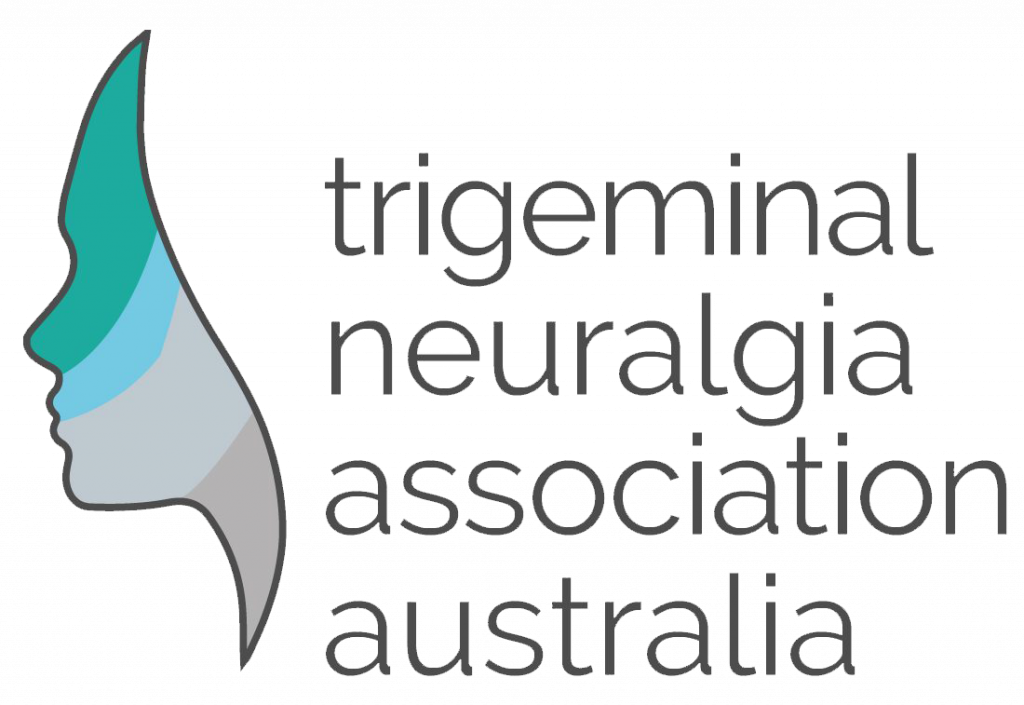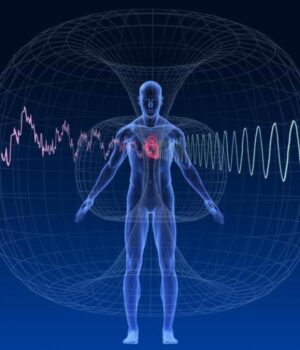There is some anecdotal evidence that some people living with trigeminal neuralgia have found pain relief from using medical magnets.
James Hermans of Q Magnets based in Victoria has a special interest in trigeminal neuralgia and how magnets can help with pain relief. The below general article has been taken from newsletter articles provided by QMagnets.
Our association does not endorse any product we highlight in our articles, we aim to provide information on treatments that may help manage chronic pain. Please consult with your health team about these options
Research paper Static magnets – what are they and what do they do?
Information Report 7 Facts About Medical Magnets
Q Magnets Newsletter – MagnaBlog – 14 MAR 2023
Dear friends & colleagues,
Some of today’s most widespread health problems find their origins in the unintended consequences of evolution. A taste preference for sugar and fat, for example, staved off starvation by motivating our ancestors to eat calorie-dense foods. In the context of today’s standard Western diet, of course, that same type of addiction can lead to chronic health problems like diabetes and obesity.
Another example of an important, life-saving physiological process that can turn from health friend to health foe when context changes is inflammation.
Inflammation as a First Response Against Infection
Inflammation is a first-responder for our finely tuned immune system. Whereas other aspects of the immune response utilize a complex process of learning and directed action to identify and target pathogens, acute inflammation is an emergency, non-targeted, blunt-tool approach to simply and rapidly get a breach of security under control.
For example, imagine you accidentally cut yourself while chopping vegetables. This breach of the skin can be highly dangerous, and must be immediately addressed by the immune system. There will be time later to identify the exact nature of any pathogens that gained entry, but at the moment of the injury, the body needs to act rapidly. Within seconds, chemicals are released and cells rush in to infiltrate the area with nonspecific agents that neutralize any threats. These nonspecific agents include immune cells like mast cells, macrophages, and polymorphonuclear leukocytes (PMNs, also known as granulocytes).
The rapid inflammatory response steps these agents take to protect against invaders include eating bacteria or virus-infected cells, releasing chemicals that fight the invaders, and releasing signals to recruit more sophisticated immune agents to the area.
Among the most important substances involved in this process are the cytokines and chemokines, substances that both engage in direct defense and serve as communication chemicals to coordinate the larger immune response. For example, interleukins, which attract other immune elements to the site of injury and stimulate further immune response steps.
What this looks like from the outside is a reddening and swelling of your cut into a painful welt. It’s a good thing, though: this local inflammation will serve to deny pathogens access into the body — it’s there to protect your body, and will go away with time.
Chronic Inflammation
Although acute inflammation can be annoying (mosquito bites, for example), it is rarely a physiological troublemaker. If swelling causes discomfort, it can be easily mitigated with Q Magnets; for example, inflammation in an injured knee can be countered by Q Magnets placement for knee pain. There’s another type of inflammation, though, that can cause serious problems in the body: chronic inflammation.
Unlike acute inflammation, chronic inflammation does not go away with time. In the absence of a true target, the immune cells involved in the inflammatory response can end up injuring nearby healthy tissue. The resulting injury can trigger a cycle of further inflammation that can escalate into a number of well-known chronic diseases, including diabetes, rheumatoid arthritis, fibromyalgia and heart disease. Chronic inflammation can also work hand in hand with repeated minor injuries, transforming them into major health problems. This process is seen in repetitive stress injuries such as carpal tunnel syndrome.
Acute vs. Chronic Inflammation in the Body
Chronic inflammation is somewhat different in character from acute inflammation; whereas acute inflammation is dominated by nonspecific cells, chronic inflammation is dominated by later-acting cells that mount a defense that employs recognition of and response to antigens. For this reason, acute and chronic inflammation are often characterized as two stages of inflammation, although this is not an accurate characterization, since most cases of acute inflammation may never evolve into chronic inflammation.
So, when and why does chronic inflammation develop? Chronic inflammation can result from several causes, including the failure to eliminate a pathogen, the inability to get rid of an irritant, or the mistaken recognition of a part of one’s own body as a pathogen, known as an autoimmune disorder. Diseases associated with chronic inflammation include rheumatoid arthritis, cancer, cardiovascular disease, diabetes, asthma, allergies, and the deadly syndrome known as chronic obstructive pulmonary disease, or COPD, the fourth leading cause of death in the United States.
Q Magnets as an Anti-Inflammatory Agent
Q Magnets are based on the premise that static magnetic fields can be optimised for therapeutic pain relieving effects and there are ample cell studies, animal studies, case studies and clinical trials to support this.
Studies have demonstrated that exposure to a strong, inhomogeneous static magnetic field for up to 24 hours has a significant inhibitory effect on the release of pro-inflammatory cytokines IL-6, IL-8, and TNF-α from macrophages as compared to negative, untreated control.
Researchers suggest that the biological effects on the cells could be attributed to the static magnetic field’s effect on the molecular structure of cell membranes and Na+ and Ca2+ flow. These signals are then taken from the membrane (by way of mechanotransduction) and transmitted to the cytoskeleton inside of the cell and thereby affect its functionality.
Just like context-dependent drugs, Q Magnets appear to work on C-fibre nerves in a way that only effects “pathological” pain transmission and not “normal” pain transmission and without the side-effects.
Q Magnets are simple, drug-free, non-addictive, non-invasive and safe; providing immediate pain relief; can be used at home by anyone and based on scientific evidence. Further, Q Magnets have a long-term use and do not require any “servicing” like electronic products and are relatively inexpensive.
We enjoy working with sports players, physiotherapists, acupuncturists, natural medicine doctors and many varied health professionals as well as home users and families to help mitigate pain with our products and possibly having the honor of making a difference.
Please feel free to contact us if you have any questions, we look forward to hearing from you! 🙂
Kind Regards,
James Hermans
Co-inventor & Managing Director
PS – If you’re an existing customer, did you know we provide a 20% discount on your next purchase for completing our feedback process?







1 Comment. Leave new
I love this. It’s definitely interesting.